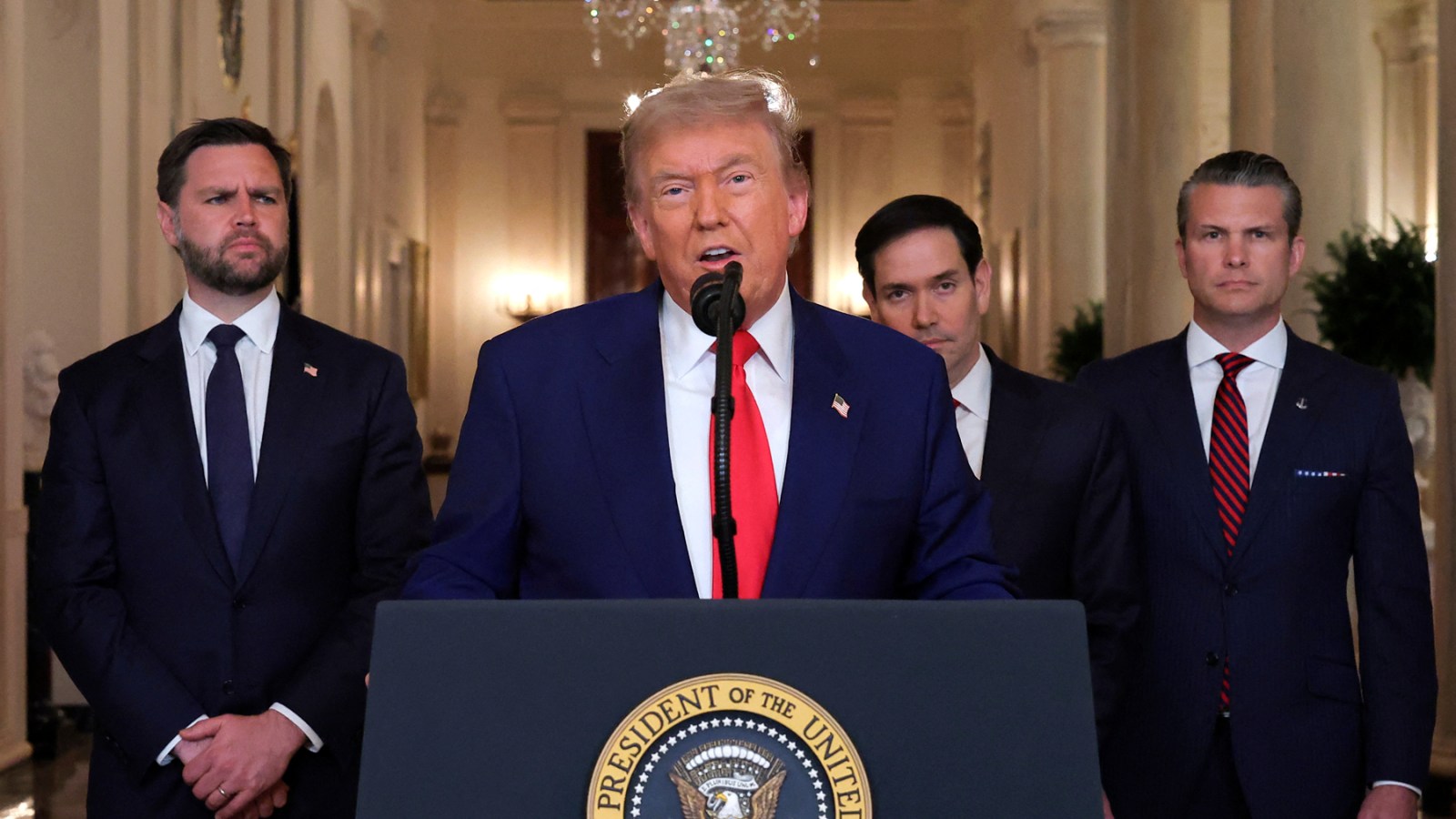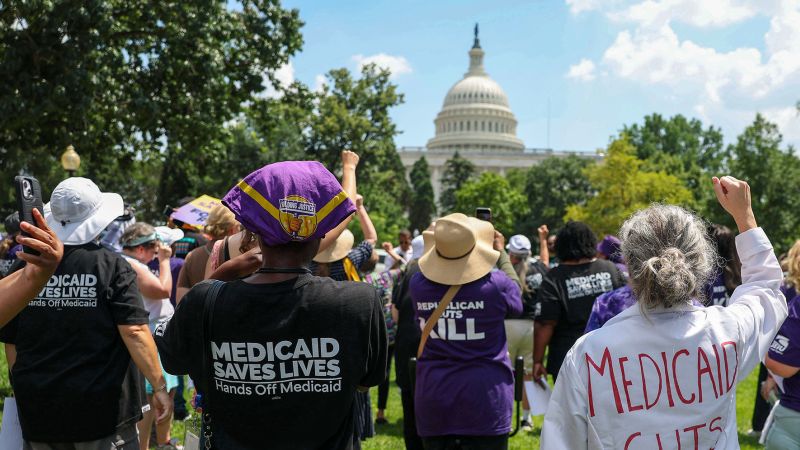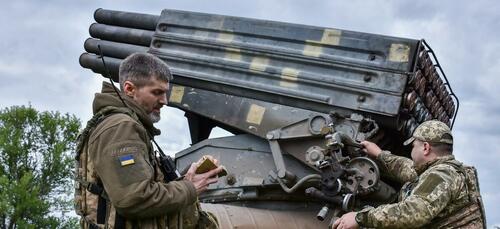Despite persistent optimistic pronouncements from White House officials, a critical examination reveals that former President Donald Trump’s aggressive and confrontational approach towards Iran may have inadvertently exacerbated the ongoing nuclear crisis, pushing the region closer to instability rather than securing peace.
A cornerstone of the Trump administration’s US foreign policy was the unilateral withdrawal from the Joint Comprehensive Plan of Action (JCPOA), commonly known as the Iran Nuclear Deal, in 2018. This pivotal decision, coupled with the subsequent re-imposition and escalation of crippling economic sanctions, was touted as a “maximum pressure” campaign designed to force Iran back to the negotiating table on more favorable terms. However, critics argue that far from achieving compliance, this strategy served only to dismantle a functioning, albeit imperfect, diplomatic framework that had curbed Iran’s nuclear ambitions, leaving a vacuum for greater escalation.
The immediate aftermath saw Tehran respond by progressively rolling back its commitments under the JCPOA, including increasing uranium enrichment levels and reducing cooperation with international inspectors. These actions, directly or indirectly provoked by the intensified pressure, have moved Iran demonstrably closer to possessing the technical capacity for a nuclear weapon, or at least significantly shortening its “breakout time.” The aggressive posture from Washington, rather than fostering a path to de-escalation, appears to have entrenched a more defiant and less compromising stance from the Iranian leadership.
The abandonment of multilateral diplomacy in favor of unilateral coercion also alienated key European allies who remained committed to the JCPOA. This isolation of the United States on the Iran issue inadvertently weakened the international front against nuclear proliferation and made it more challenging to forge a unified strategy for containing Tehran. The emphasis on confrontation over negotiation created an environment ripe for miscalculation, significantly raising the geopolitical temperature in the volatile Middle East.
While the rhetoric from official channels during that period often projected an image of control and strategic success, the complex reality on the ground offers far less cause for such confidence. The “swagger” frequently displayed overlooked the intricate web of regional dynamics and the deeply entrenched distrust between the parties. The aggressive stance arguably failed to account for Iran’s strategic calculations and its willingness to absorb economic pain in exchange for perceived national sovereignty and influence, thus making the nuclear crisis more intractable.
Ultimately, the long-term consequences of these foreign policy decisions on the sensitive issue of nuclear proliferation demand a nuanced understanding beyond simplistic assertions of success. The period under review suggests that a departure from established diplomatic norms and the imposition of harsh sanctions, rather than fostering compliance, may have unintentionally propelled Iran further down a path towards enhanced nuclear capabilities. Preventing further destabilization in the Middle East necessitates a critical reassessment of past strategies and a recognition of the complex interplay between pressure and unintended escalatory cycles in the nuclear crisis.
Discover more from The Time News
Subscribe to get the latest posts sent to your email.



